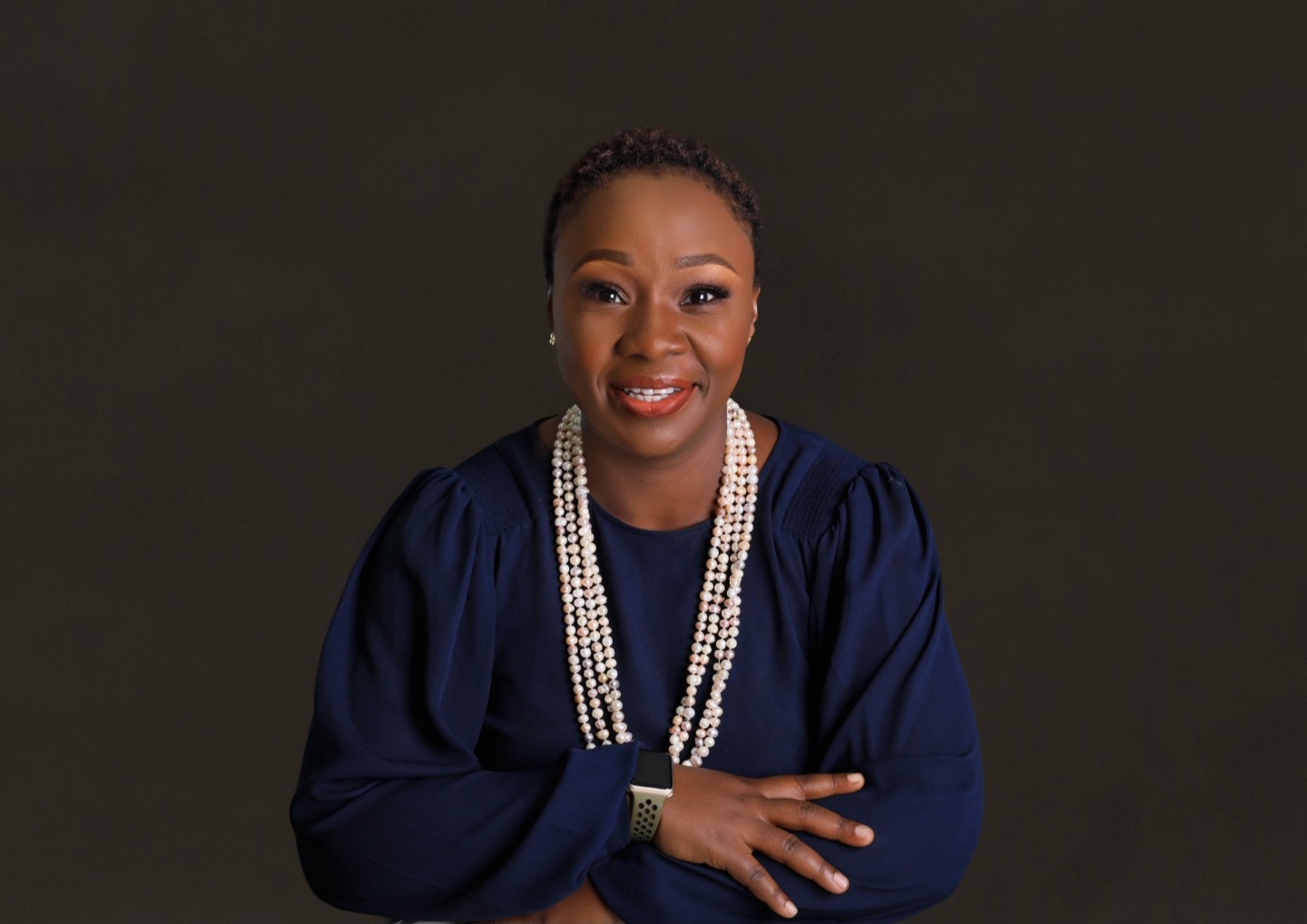The Sustainable Development Goals (SDGs) were envisioned in 2015 as a roadmap to address the world’s most pressing challenges and create a sustainable, equitable future by 2030. But with only five years left, global crises threaten to derail these ambitious targets, raising urgent questions about whether we can deliver on this promise.
From climate change to conflict zones, the road to 2030 is riddled with obstacles. Current data paints a sobering picture with over 282 million people in 29 countries are facing food insecurity, famine grips parts of Sudan, and over 600 million women live within 50 kilometers of conflict zones. Geopolitical conflicts, such as the wars in Ukraine, Gaza, Lebanon, and other regions, further exacerbate these issues, creating ripple effects across economies, societies, and the environment.
A World at a Crossroads
The cascading crises highlight just how interconnected the SDGs are. The war in Ukraine, for instance, has disrupted global food supply chains, affecting Goal 2 (Zero Hunger). In Gaza and Lebanon, conflict undermines efforts toward Goal 16 (Peace, Justice, and Strong Institutions). Meanwhile, climate change and extreme weather events—manifesting as hurricanes, floods, and wildfires—threaten progress on Goals 13 (Climate Action) and 15 (Life on Land).
Progress that had been steady in areas like poverty reduction (Goal 1) and quality education (Goal 4) has reversed, with the COVID-19 pandemic compounding pre-existing challenges. The socioeconomic gaps are widening, leaving vulnerable populations disproportionately affected and pushing the dream of “leaving no one behind” further out of reach.
Why the Next Five Years Are Critical
The remaining time to 2030 represents our last chance to make meaningful progress. If the world fails to accelerate action, we risk losing the momentum built over the last decade. Achieving the SDGs now requires unprecedented global cooperation, bold policies, and immediate action to mitigate the cascading effects of conflict, economic instability, and climate change.
A Call to Action for Businesses and Marketers
Businesses and marketers are uniquely positioned to play a transformative role. In a world increasingly shaped by purpose-driven decision-making, aligning strategies with the SDGs is no longer optional—it’s imperative.
- Addressing Crisis Through Campaigns: Businesses can focus their messaging on driving awareness and supporting solutions for food security, gender equality, and climate resilience. For example, cause-driven marketing campaigns can bring much-needed attention and resources to crisis-stricken areas.
- Driving Innovation: Innovative solutions—such as sustainable packaging, renewable energy adoption, or digital tools for remote learning—can accelerate progress toward specific goals like Responsible Consumption (Goal 12) and Industry Innovation (Goal 9).
- Fostering Partnerships: As no single entity can solve these challenges alone, partnerships between public, private, and non-governmental organizations will be crucial. These collaborations can pool resources and expertise for maximum impact.
A Serious Countdown
The next five years must be a time of decisive action. Governments must prioritize policies addressing crises head-on, from conflict resolution to climate mitigation. Corporations must embed sustainability in their operations and lead by example. And individuals must hold leaders accountable, ensuring that their voices push for change.
The SDGs represent humanity’s best chance at creating a future where prosperity, peace, and progress are accessible to all. Yet, the current state of the world underscores the urgency of the task ahead. The clock is ticking, and every decision we make in the coming years will determine whether we rise to this challenge—or leave an unfinished legacy for the generations to come.
The time to act is now.







Comment
No comments found.